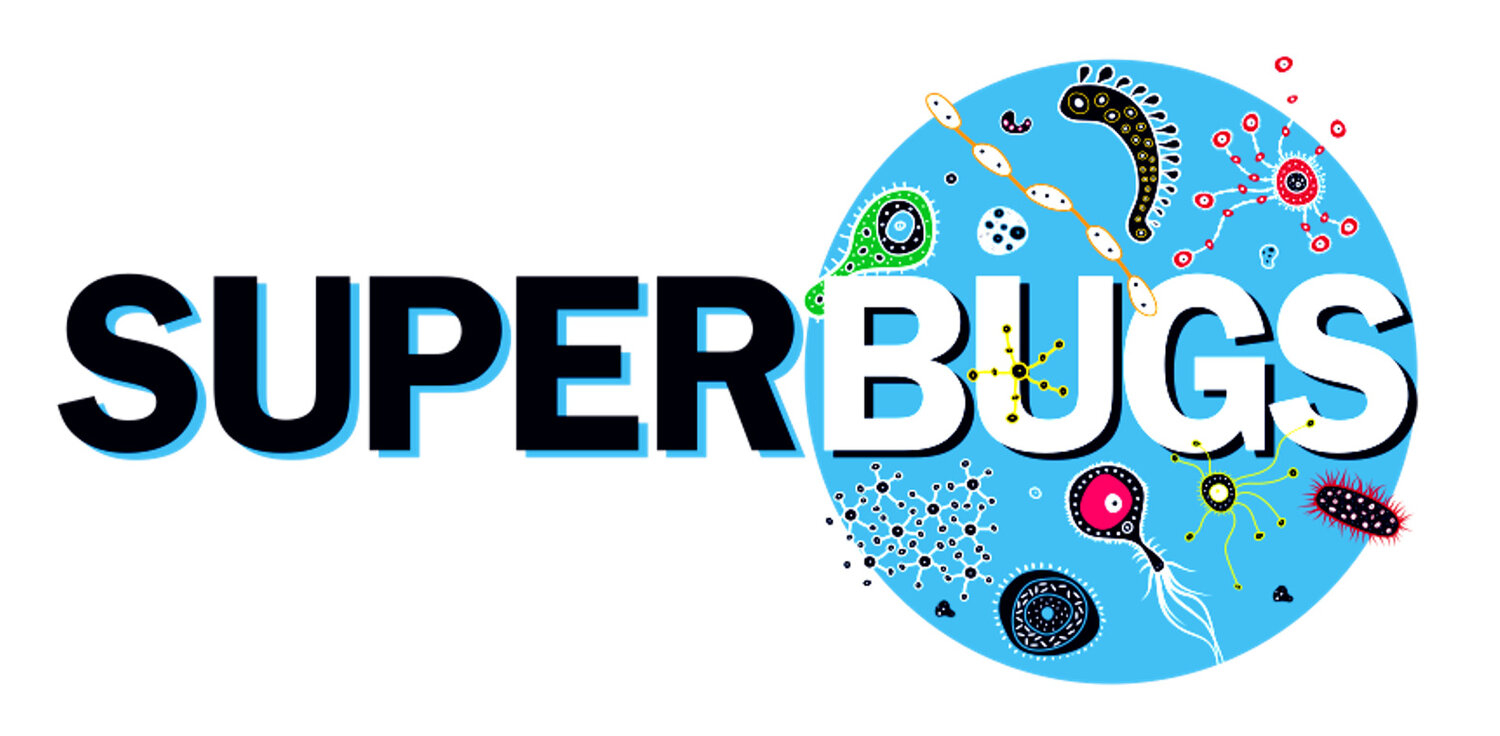Inactivated vaccines
Inactivated vaccines contain mashed-up or inactivated pathogens, for instance viruses that have been killed by heat treatment.
Examples for this are the adult versions of most influenza vaccines, and the Salk vaccine against polio that is given to children all over the world.
The advantage of inactivated vaccines is that they are almost identical to the actual pathogen without causing an infection any more.
However, in order to produce enough of these vaccines it is necessary to grow very large amounts of bacteria or viruses - and this is complicated and expensive, and also a bit dangerous!
A nurse vaccinating a young baby with the inactivated polio vaccine in the Democratic Republic of the Congo (Gavi/2015/Phil Moore).

